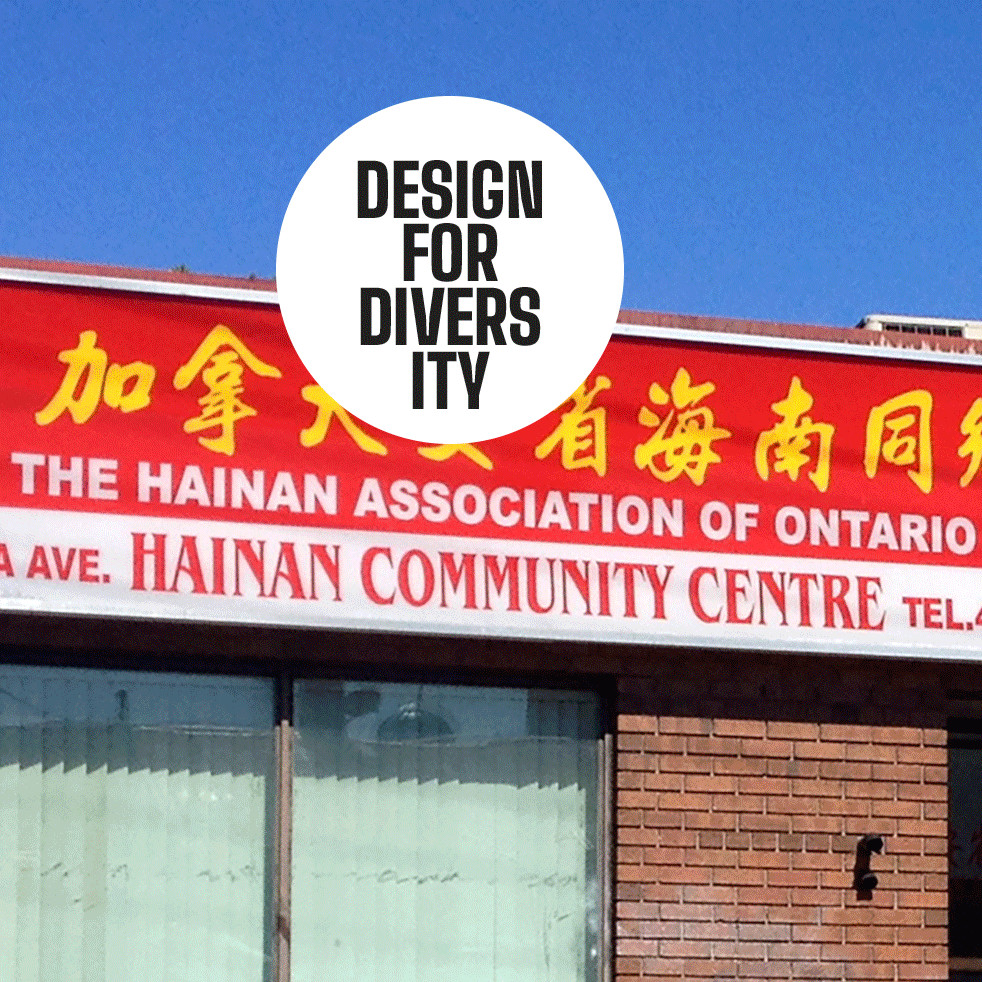
Speak
Local
Languages
by OpenCity Projects
Library Photo: Michi McCloskey
Design for diversity means reaching out to public space users proactively and speaking local languages
Reaching out proactively, and communicating in ways that people can understand, lowers the barrier to entry and encourages culturally diverse communities to participate in public spaces.
Consider for a moment all the spoken and unspoken rules that shape how a public space is used. Is it permitted to walk on the grass? Can you drink in a park? Host a barbeque for your extended family? Sometimes the rules of a space are clearly indicated. However, when they are not, there is an assumption that they are obvious to everyone. These assumptions become ingrained as expectation and any transgression is frowned upon. These unspoken rules can leave people feeling disenfranchised and unwelcome.
The situation becomes especially problematic in situations where expectations are clearly indicated, such as a posted sign with rules for a public swimming pool, but aren’t understood. This creates a barrier to participation. For many, it is easier to choose to remain close to their communities, who share language, culture, or history, than to engage in spaces that seem unwelcoming.
Design for diversity means reaching out to public space users proactively and speaking local languages. That can mean that using universally understood images and icons to communicate or the prominent languages of the community. At Parkdale Library, reading material and signage throughout the space are offered in languages used in the local community such as Tamil, Tibetan, Polish and Vietnamese. Library staff are from different cultural backgrounds and speak local languages. These gestures acknowledge residents’ needs and implicitly communicate that difference is not only accommodated, but celebrated.